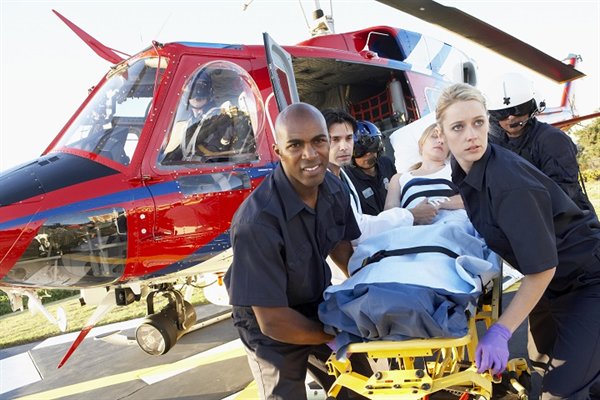Emergency medical services, or EMS, started from humble beginnings in the U.S. The first EMT jobs involved ambulances that were the nearest available vehicles. Often, hearses were reserved for this duty as they could conveniently fit a human being. Modern EMS started around the 1960s and has progressed greatly since that time. Many people now work together in one fluid system. Emergency medical technicians and paramedics are currently on the front lines of emergency medicine. Let's discuss some of the technology that has made the field what it is today.
Technological advancements in the EMS field are now commonplace. Volunteer first aid squads and paid EMS services are rapidly adopting technologies like electronic medical records (EMR), as a means to keep track of all their records in a more secure and more convenient fashion. Additionally, researchers are devoting their time and energy to creating new technology that integrates EMR into the field. Use of rugged laptops in the field is one result of the push toward electronic records, and they have decreased the amount of paper that EMTs and paramedics have to deal with when they are treating patients and storing records. Over time, there is hope to make the process of sharing medical information easier.
Automatic stretchers are taking a lot of weight off the shoulders of individuals in the emergency medical services. Lifting is a huge part of EMT jobs. Patient transport is crucial in the field, and carrying a patient will often times be necessary. Back injuries are such a large problem for all medical professionals that an entire Back Injury Prevention Guide was created by the California Department of Industrial Relations on how to avoid developing back injuries when dealing with patients. New stretchers that can raise and lower automatically, slowly, and comfortably, will not only benefit patients, but also medical personnel. Stretchers aren't the only technology designed to take the weight off EMTs. Backboards and KEDS are also designed to make their job easier, while increasing spinal immobilization.
Of course, medical technology is incredibly important. The mobile pulse oximeter is an excellent addition to an EMT's arsenal of medical equipment. It allows the EMT to know the oxygen saturation of a patient's blood. A low percentage for this number is a very bad indicator.
The EMS field changes daily, and it is constantly integrating new technologies into the norm. It will be interesting to see some of the new technologies that emerge within the next few years.

